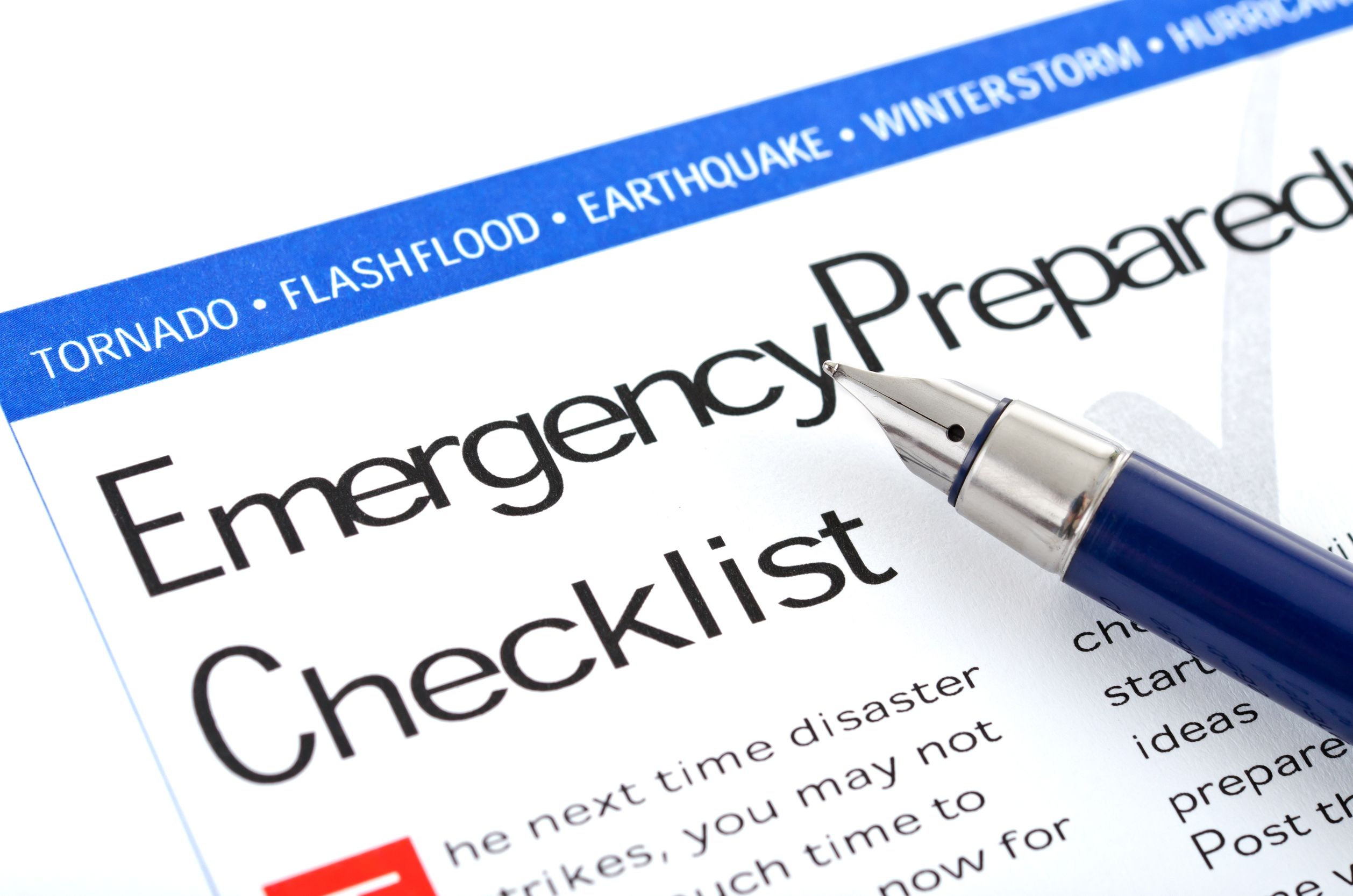There are those who will advise you to forget and move on when a disaster wipes out your business. Continuity East Africa will show you how to bounce back to business.
By Tullah Stephen
The 2015 Westgate terror attack in Nairobi should serve as a cautionary tale to those in business. The attack reminded investors in the region how fragile businesses can be in the wake of natural or artificial disasters.
For weeks, businesses adjacent to the attacked mall remained closed as a security measure. Employees and their employers were asked to stay home for days. As a result, businesses suffered massive and potentially crippling losses.
So what happens during these calamitous times when businesses are not able to operate? As an entrepreneur or an investor, how do react to emergencies of such magnitudes?
Pete Frielinghaus, the managing director of Continuity East Africa says most businesses rarely recover from such disruptions. A few that bounce back are those that have insurance policies. But even then, insurance cover is not a guarantee.

Pete Frielinghaus, the managing director of Continuity East Africa
Frielinghaus says businesses should have a plan in place that will ensure that they continue to operate seamlessly during interruptions.
“Businesses rarely get a heads up when such things happen. It is critical that businesses take time to create and implement their own disaster and continuity plan before the worst happens,” says Frielinghaus.
Business continuity (BC), he explains, refers to maintaining business functions or quickly resuming them in the event of a major disruption. A BC plan outlines procedures and instructions that your company needs to follow in the face of disaster.
The plan, Frielinghaus explains, covers business processes, assets, human resources, business partners, among others, which a company may count on when the business are temporarily down.
Creating a business continuity plan
Businesses, Frielinghaus says, ought to start by making assessment of what processes they would require to continue operations in the case of a disaster. This should include items, space the employees would need, as well as the data they would need protected.
The next step, Frielinghaus says, is to formulate the plan bearing in mind the daily functions are most important to the business.
Choosing a BC consultant
According to Frielinghaus says, companies should look for experts that can help them understand their risk profile, and then develop appropriate risk-mitigation strategies.
Frielinghaus, who oversees operations at Continuity East Africa, points out that Continuity EA, is among the few companies offering such services in the region.
Last year, the firm launched the first phase of its KSh200 million business recovery centre to help Kenyan businesses draw up threat profiles and reduce impact of disruption.
The new work office provides local businesses with a workspace where they can continue to work while they recover from interruptions. The space has 104 seats, each with a desk and a chair, cable interconnection for voice and data, as well as uninterrupted power supply (UPS). All these are located at the data recovery centre.
The workspace, Frielinghaus says, is categorised into two. There is the dedicated seats category, which guarantees a pre-defined number of customers. These seats are allocated exclusively to a customer who can use them at any time, including during large scale crises.
Then there is the shared seats category, which offer flexible scheme of pre-defined number of customers and offers them enough room to implement their business continuity plan during normal situations. However, this category of seats guarantees only a ratio of seats during large scale crises.
Frielinghaus says clients are also free to sign up for a combination of shared and syndicated seats.
The firm’s first target is the financial sector, which has experienced tremendous growth in the last few years.
“Already, we have the necessary infrastructure up and running and we are configuring four clients at the moment.”
In addition to work-area recovery and data centre facilities, Continuity EA offers full advisory and training services to upskill their own staff.
Continuity plan vs disaster recovery
One of the biggest misconceptions, Frielinghaus says, is that people think that a disaster recovery plan is the same as BC. However, disaster recovery plan focuses mainly on restoring IT infrastructure and operations after a crisis and is mostly part of a business continuity plan.
A major challenge for African business is the fact that BC is not yet embedded in most organizations cultures. According to Frielinghaus, business continuity plans are not a priority to most businesses in sub Saharan Africa as some are just comfortable with just creating backups.
“With east Africa’s economy growing, the region is becoming more prone to interruptions.”
He points out that there are only a handful of companies offering quality BC services in the region and that could perhaps be the reason why awareness of the concept is low.
Frielinghaus, who has been in the industry for the last 27 years — working with different companies across Africa, believes that one of the biggest challenges to business continuity in east Africa is shortage of skills in business continuity.
“We are working with the United States International University (USIU) in Nairobi to help them prepare a curriculum for BC. The market is huge and wide open for exploration. We hope this initiative will expand the pool of professionals in the region.”

